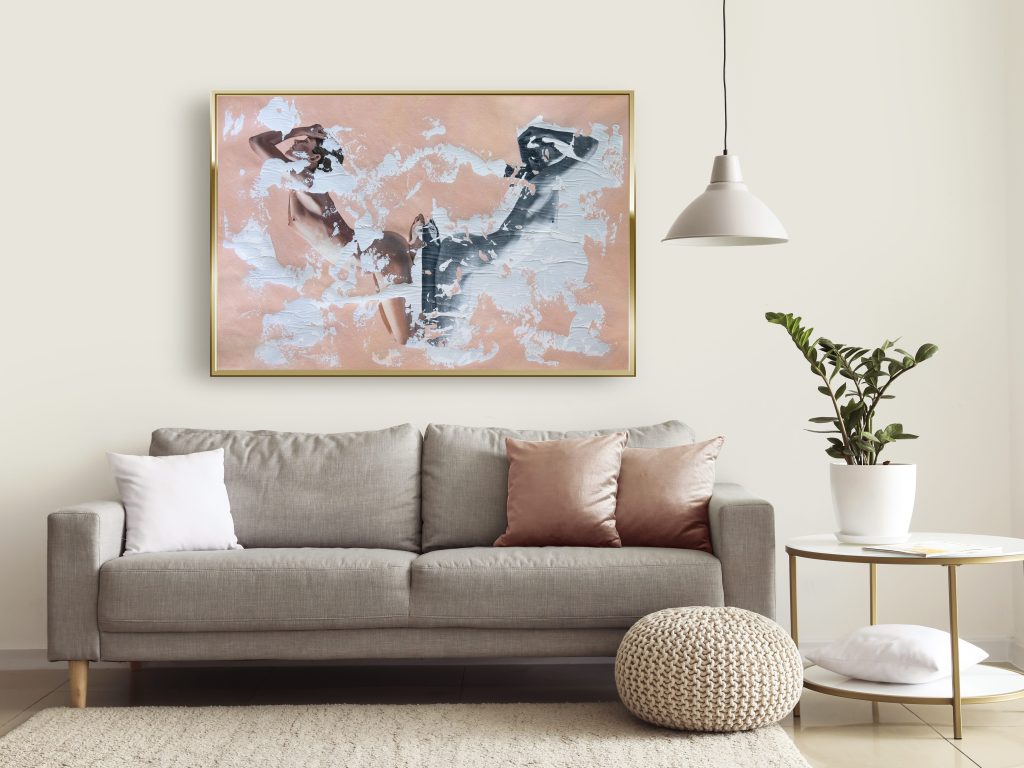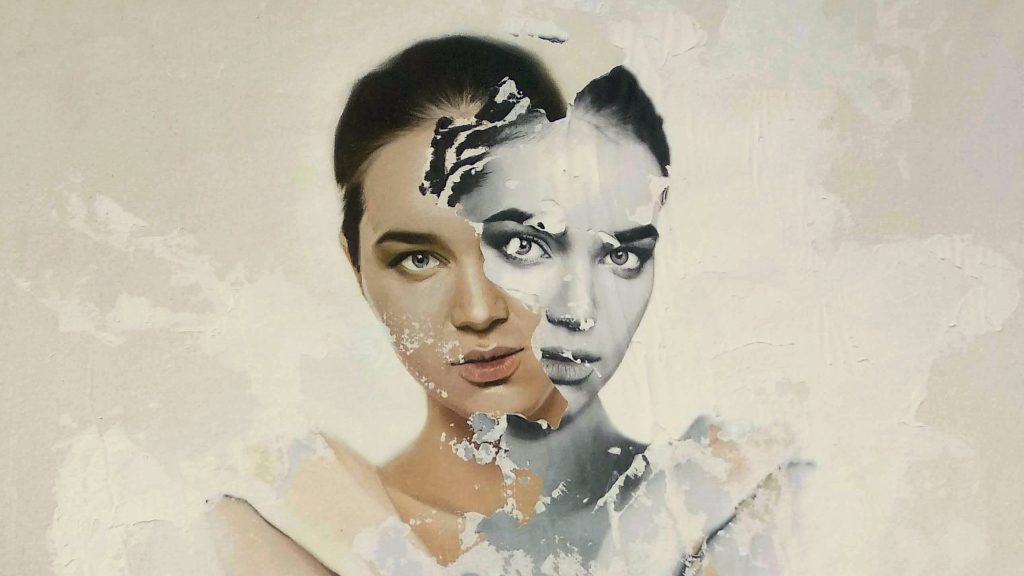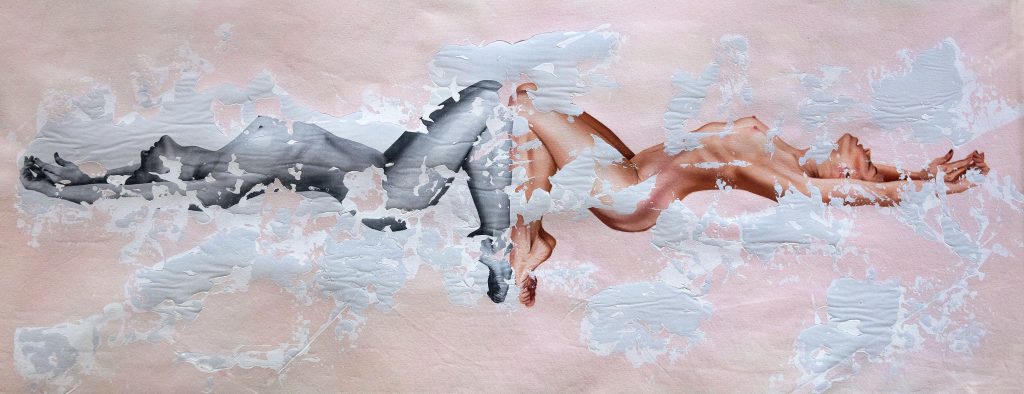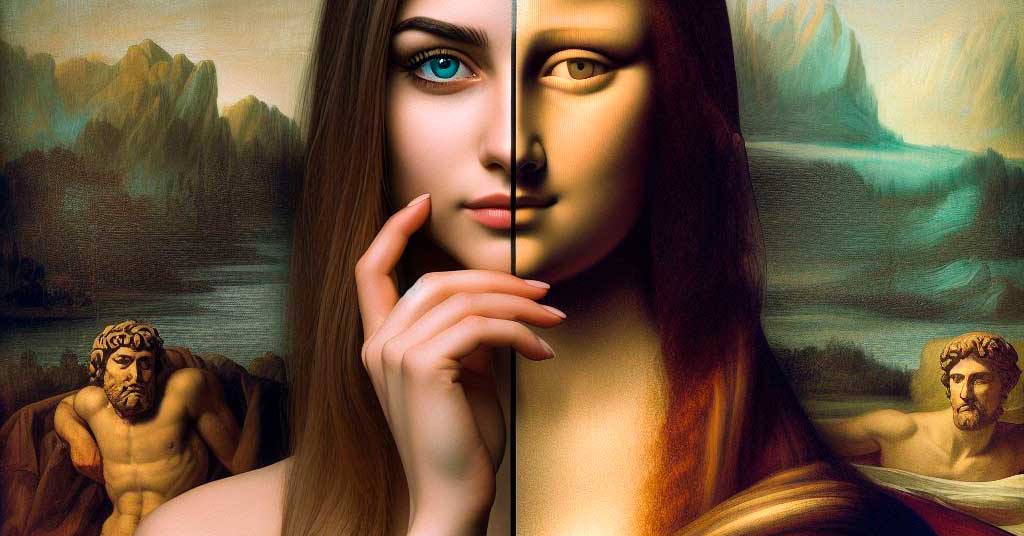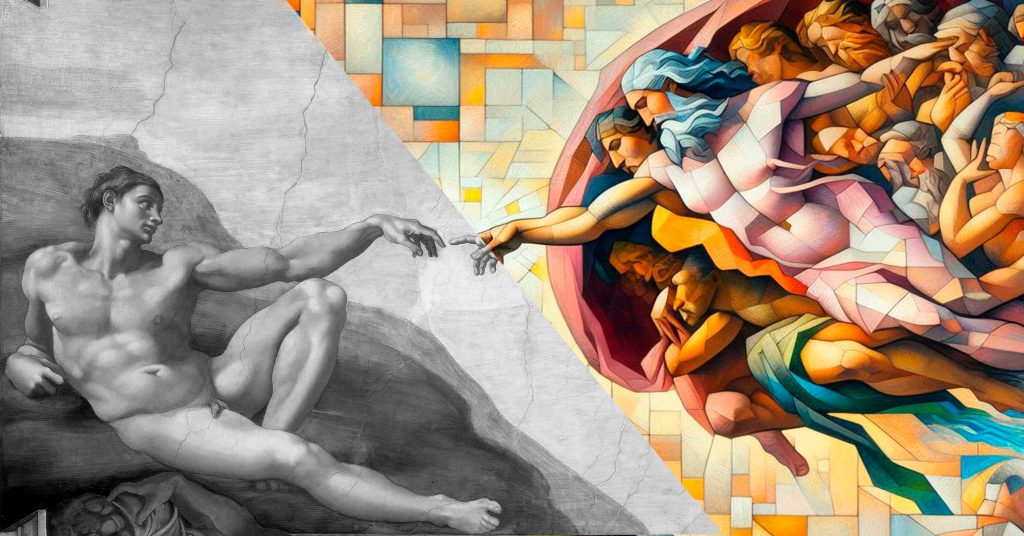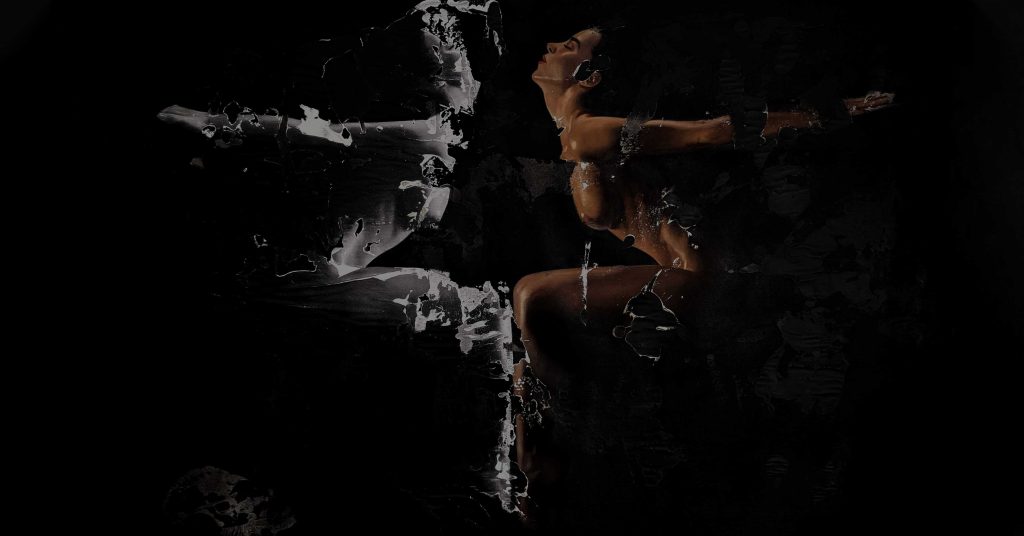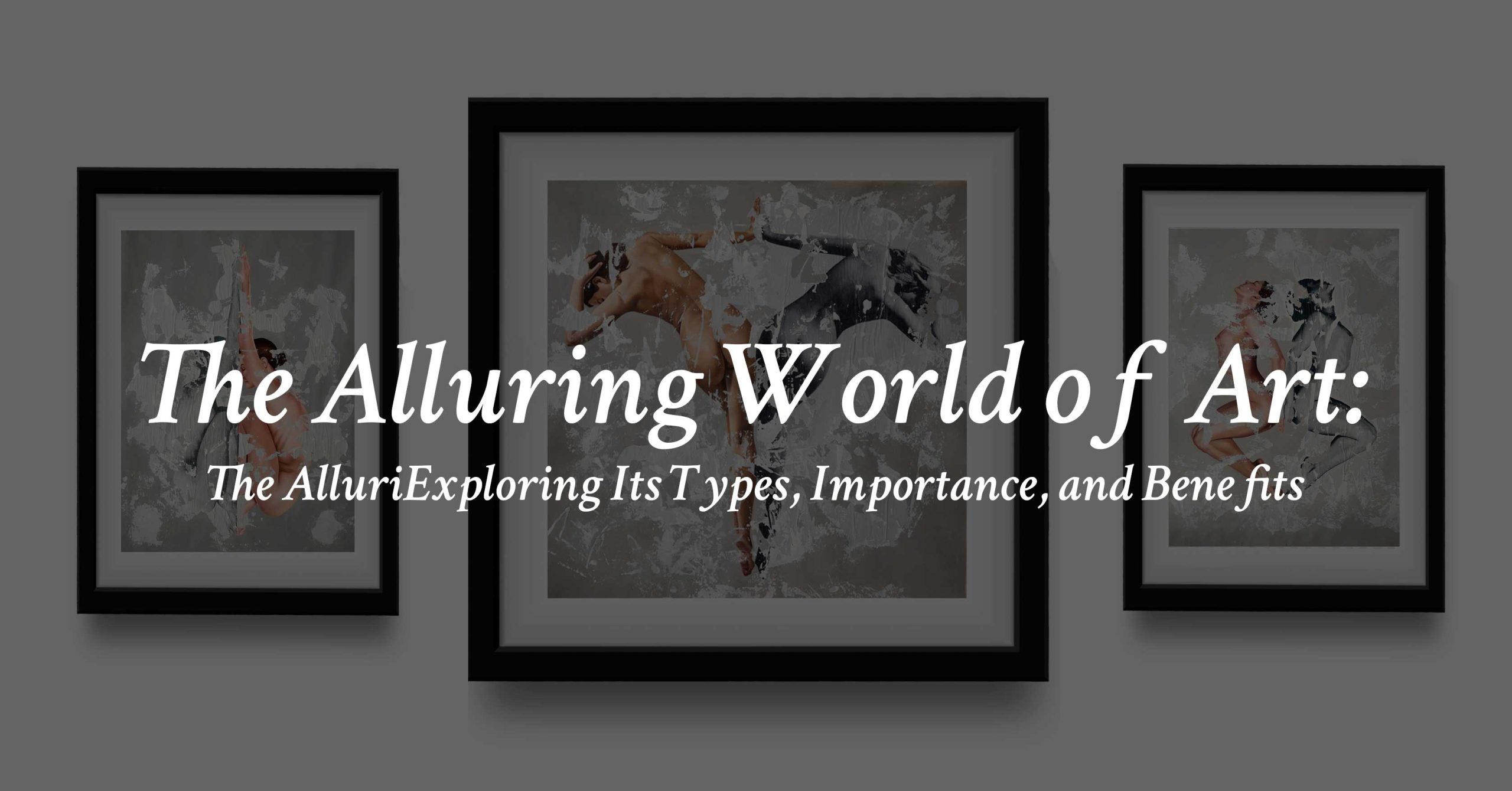
Introduction
Art is one of the most fascinating and diverse aspects of human culture. It is a form of expression, communication, and creativity that transcends language, time, and space. Art can be found in every corner of the world, from ancient cave paintings to modern digital art. Art can inspire, educate, entertain, and enrich our lives in countless ways.
But what exactly is art? How can we classify the different types of art? Why is art important for us as individuals and as a society? What are the benefits of engaging with art? How can we appreciate art in the age of technology? And what does the future of art look like?
In this article, we will explore these questions and more, as we delve into the alluring world of art.
What is Art?
Art is a broad and complex concept that can have different meanings and interpretations depending on the context, culture, and perspective. However, a general definition of art is that it is the product or process of human creativity and imagination, usually involving aesthetic, emotional, or intellectual qualities.
Art can be expressed in various forms, such as painting, sculpture, music, literature, dance, photography, film, and more. In addition, art can also have different purposes, such as to communicate an idea, to evoke an emotion, to beautify an environment, to challenge a norm, to critique a society, or to simply enjoy oneself.
Art is subjective and personal, meaning that different people can have different opinions and preferences about what constitutes art, what makes art good or bad, and what art means to them. There is no universal or objective standard for judging art, as art is influenced by the context, culture, and experience of both the artist and the audience.
However, art is also universal and collective, meaning that it can connect people across boundaries and cultures, and reflect the shared values, beliefs, and experiences of humanity. Art can also be a source of inspiration, innovation, and collaboration, as it can spark new ideas, perspectives, and possibilities.
The Types of Art
There are many ways to categorize the different types of art, but one of the most common and useful distinctions is between fine arts and applied arts.
Fine Arts
Fine arts encompass art forms created primarily for aesthetic or intellectual purposes rather than practical or functional ones. Regarded as the pinnacle of artistic expression, fine arts embody the purest and most original visions of the artist, demanding a high level of skill, talent, and creativity.
Some examples of fine arts are:
- Painting: The art of applying paint, pigment, or other medium to a surface, such as canvas, paper, or wood, to create an image or a composition. Painting can use various techniques, such as oil, watercolor, acrylic, fresco, or spray painting, and can depict various subjects, such as landscapes, portraits, still lifes, or abstract forms.
- Sculpture: The art of creating three-dimensional objects or figures by carving, modeling, casting, or assembling materials, such as stone, metal, clay, wood, or plastic. Sculpture can represent realistic or abstract shapes, and can be freestanding or attached to a base or a wall.
- Music: The art of producing sounds, usually with instruments or voices, that are arranged in a harmonious, rhythmic, or expressive way. Music can have various genres, such as classical, jazz, rock, pop, or folk, and can have various elements, such as melody, harmony, tempo, dynamics, or timbre.
- Literature: The art of writing or composing texts, usually with words, that convey a message, a story, or an emotion. Literature can have various forms, such as poetry, prose, drama, or essay, and can have various genres, such as fiction, non-fiction, fantasy, or science fiction.
- Dance: The art of moving the body, usually with music, to express an idea, a feeling, or a rhythm. Dance can have various styles, such as ballet, modern, hip hop, or salsa, and can have various elements, such as posture, gesture, movement, or coordination.
Applied Arts
Applied arts comprise art forms created primarily for practical or functional purposes, prioritizing utility over aesthetic or intellectual considerations. These are sometimes viewed as less elevated forms of art, shaped by user needs, market demands, or environmental constraints, and often requiring a lower degree of skill, talent, and creativity.
Some examples of applied arts are:
- Architecture: The art of designing and constructing buildings, structures, or spaces that are functional, durable, and aesthetically pleasing. Architecture can have various styles, such as Gothic, Renaissance, Baroque, or Modern, and can have various elements, such as form, function, material, or style.
- Design: The art of creating and arranging visual or tactile elements, such as shapes, colors, textures, or fonts, to communicate a message, a concept, or a function. Design can have various fields, such as graphic design, industrial design, fashion design, or interior design, and can have various principles, such as balance, contrast, alignment, or repetition.
- Craft: The art of making or decorating objects, usually by hand, using various materials, such as clay, glass, metal, wood, or fabric. Craft can have various types, such as pottery, jewelry, quilting, or embroidery, and can have various techniques, such as molding, cutting, sewing, or knitting.
- Photography: The art of capturing and reproducing images, usually with a camera, that represent a scene, a person, or an event. Photography can have various genres, such as portrait, landscape, wildlife, or documentary, and can have various effects, such as color, black and white, sepia, or filter.
- Film: The art of creating and presenting moving images, usually with sound, that tell a story, a message, or an emotion. Film can have various formats, such as animation, live action, or documentary, and can have various elements, such as plot, character, dialogue, or cinematography.
The Importance of Art
Art is not only a form of expression, communication, and creativity, but also a source of value, meaning, and significance for us as individuals and as a society. Art has various roles and functions that make it important for our personal and collective well-being. Some of the main reasons why art is important are:
Personal Expression
Art serves as a unique avenue for personal expression, allowing us to convey thoughts, feelings, opinions, or experiences in ways beyond words or actions. It aids in self-discovery, exploration of identity, personality, and emotions, fostering a better understanding of oneself. Additionally, art functions as therapeutic, assisting in coping with stress, trauma, or grief, providing a safe outlet to release or transform emotions into positivity.
Cultural Heritage
Art mirrors and safeguards the culture, history, and traditions of societies, nations, or civilizations. It offers insights into the diversity and richness of human culture, fostering respect for differences and similarities. Art connects us with our ancestors, roots, and identity, enabling the transmission of values, beliefs, and stories to future generations. It also fosters a sense of community, belonging, pride, and unity.
Entertainment
Art brings enjoyment, amusement, and pleasure, evoking laughter, tears, smiles, or wonder while stimulating senses, emotions, and imagination. It can challenge, inspire, and motivate, enriching lives with beauty, joy, and meaning. Art serves as a source of relaxation, recreation, and leisure, providing an escape from the stresses of everyday life and offering opportunities for fun, play, and creativity.
Education
Art contributes to education by imparting information, knowledge, or skills, and enhancing critical thinking, problem-solving, and decision-making abilities. It teaches us about ourselves, others, and the world, broadening perspectives, awareness, and understanding. Art acts as a learning tool, making information acquisition and retention engaging and enjoyable. It also serves as a medium for teaching, conveying messages, lessons, or morals, influencing attitudes, behaviors, and actions.
The Benefits of Art
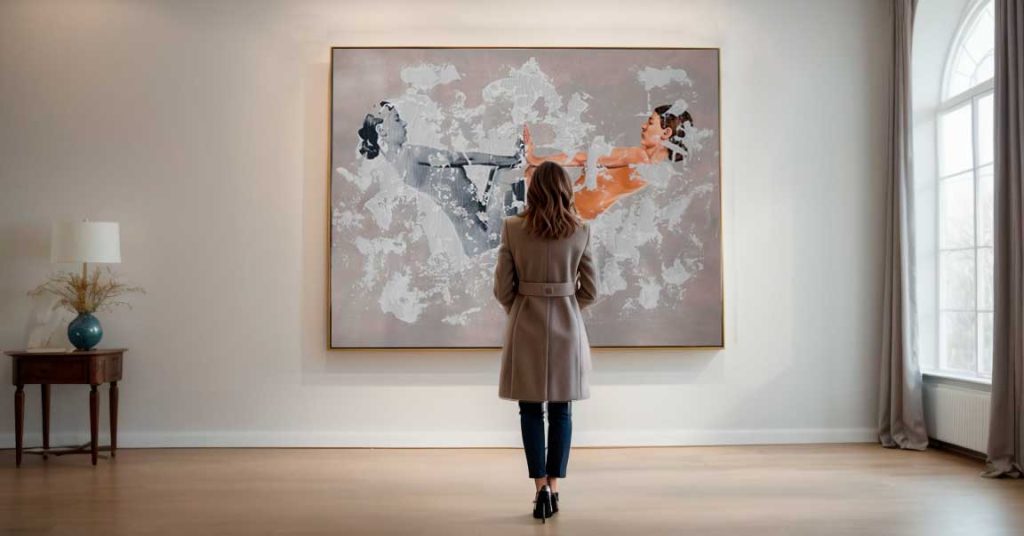

Art is not only important, but also beneficial for us as individuals and as a society. Art has various positive effects and impacts on our physical, mental, emotional, and social well-being. Some of the main benefits of art are:
Reduces Stress and Anxiety
Art can alleviate stress and anxiety, fostering relaxation, peace, and harmony. It aids in coping with life’s challenges, promoting balance, stability, and resilience. Art also serves as a means to manage emotions, cultivating mindfulness, gratitude, and optimism, contributing to overall well-being.
Boosts Creativity
Art stimulates creativity by inspiring imagination, curiosity, and originality. It encourages exploration, experimentation, and innovation, allowing the development of artistic skills and the expression of one’s unique voice. Art fosters a creative mindset, challenging individuals to think innovatively, find solutions, and embrace diversity and ambiguity.
Improves Brain Function
Engaging in art enhances cognitive abilities, including memory, attention, concentration, learning, reasoning, and problem-solving. Art plays a role in preventing cognitive decline, such as dementia or Alzheimer’s, contributing to overall brain health. It activates and integrates different brain regions, stimulates the production of new brain cells and connections, and enhances neural plasticity and flexibility.
Enhances Emotional Intelligence
Art contributes to enhanced emotional intelligence, improving the ability to recognize, understand, and manage one’s own and others’ emotions. It facilitates the development of empathy, compassion, and social skills, enabling effective communication and interaction. Art also promotes a positive emotional climate, fostering a sense of belonging, acceptance, and appreciation while reducing conflict, prejudice, and discrimination. Additionally, art can inspire, influence, motivate, and build trust and cooperation with others.
Art and Technology


Art and technology have a complex and dynamic relationship that influences and shapes each other. Technology can be seen as a form of art, as it involves creativity, innovation, and expression. Art can also be seen as a form of technology, as it involves tools, methods, and systems.
Technology can enable, enhance, or transform art, by providing new mediums, platforms, or possibilities for artistic creation, presentation, or consumption. Technology can also challenge, disrupt, or threaten art, by raising ethical, legal, or social issues, such as authenticity, ownership, or access.
Some examples of how technology affects art are:
Digital Art
Digital art is the art that is created, modified, or presented using digital technologies, such as computers, software, or devices. This form of art can have various forms, such as digital painting, digital photography, digital sculpture, digital music, or digital video. One of the emerging forms of digital art is NFT or crypto art, which is the art that is minted, verified, or sold using blockchain technology, such as cryptocurrencies or smart contracts. NFT or crypto art can have various benefits, such as uniqueness, authenticity, or ownership, and challenges, such as environmental impact, accessibility, or regulation.
Virtual Reality
Virtual reality is the technology that creates a simulated environment that immerses the user in a realistic or imaginary world. VR can have various applications for art, such as creating immersive and interactive experiences, exploring new dimensions and perspectives, or enhancing learning and education. Virtual reality can also have various challenges for art, such as technical limitations, ethical implications, or psychological effects.
Artificial Intelligence
Artificial intelligence is the technology that enables machines or systems to perform tasks that normally require human intelligence, such as learning, reasoning, or decision-making. AI can have various impacts on art, such as generating, analyzing, or evaluating art, collaborating or competing with human artists, or expanding or redefining the concept of art. Artificial intelligence can also have various controversies for art, such as authenticity, originality, or creativity.
The Future of Art
The future of art is uncertain, unpredictable, and exciting, as it depends on various factors, such as the development of technology, the evolution of society, and the emergence of trends. However, some possible scenarios or predictions for the future of art are:
- Art will be more diverse, inclusive, and accessible: Art will reflect and celebrate the diversity and inclusivity of human culture, and will address and challenge the issues and problems of the world. Art will also be more accessible and affordable for everyone, and will use various mediums, platforms, and channels to reach and engage a wider and more diverse audience.
- Art will be more interactive, collaborative, and participatory: Art will involve more interaction, collaboration, and participation from the artists and the audience, and will create more immersive and engaging experiences. Art will also use more feedback, data, and analytics to customize and personalize the content, and to measure and improve the impact and value of art.
- Art will be more innovative, experimental, and transformative: Art will explore and experiment with new ideas, forms, and techniques, and will create new genres, styles, and expressions. Art will also use more technology, science, and innovation to create new possibilities, dimensions, and realities, and to transform and transcend the boundaries and limitations of art.
How to Appreciate Art
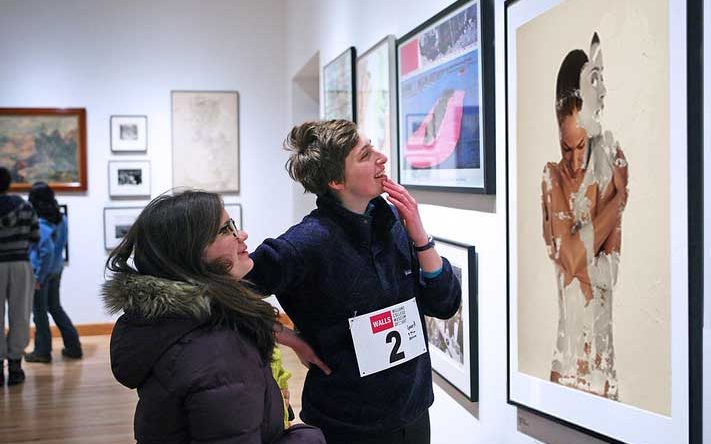

Art is a subjective and personal experience that can have different meanings and interpretations for different people. However, there are some general tips and guidelines that can help us to appreciate art better, such as:
- Be curious and open-minded: Art can challenge, surprise, or confuse us, and can make us feel various emotions, such as joy, sadness, anger, or fear. Instead of judging, rejecting, or ignoring art, we should be curious and open-minded, and try to understand the intention, message, or context of the art, and the perspective, experience, or background of the artist.
- Be attentive and observant: Art can have various details, elements, or layers that can enhance or enrich the meaning, value, or beauty of the art. Instead of skimming, rushing, or distracting ourselves, we should be attentive and observant, and try to notice, analyze, or appreciate the form, function, or style of the art, and the technique, skill, or creativity of the artist.
- Be expressive and reflective: Art can inspire, influence, or motivate us, and can make us think, feel, or act differently. Instead of keeping, forgetting, or dismissing our thoughts, feelings, or reactions, we should be expressive and reflective, and try to share, discuss, or compare our opinions, preferences, or experiences with others, and to learn, grow, or improve ourselves from the art.
Conclusion
In conclusion, art is a captivating and diverse facet of human culture with various types, roles, functions, and impacts on individuals and society. It serves as a form of expression, communication, and creativity that transcends linguistic, temporal, and spatial boundaries, providing a source of value and significance that enriches our lives in myriad ways.
The importance of art extends to personal expression, cultural heritage, entertainment, and education. Additionally, it contributes to stress reduction, boosts creativity, enhances brain function, and elevates emotional intelligence. Art is both influenced by and shaping technology, leading to an uncertain yet exciting future.
Art is a subjective, personal experience with different meanings for different people. However, cultivating curiosity, attentiveness, expressiveness, and open-mindedness allows for a deeper appreciation of art.
Ultimately, art is a remarkable gift that deserves our appreciation, enjoyment, and celebration.
Art, above all, is a state of the soul.
FAQs
Q: What is the difference between art and craft?
A: Art is for aesthetic or intellectual purposes, while craft is for practical use. Art is more original and expressive, while craft is often repetitive and utilitarian.
Q: Examples of famous artists and artworks?
A: Leonardo da Vinci’s Mona Lisa, Vincent van Gogh’s Starry Night, Pablo Picasso’s Guernica, Frida Kahlo’s The Two Fridas or Andy Warhol’s Marilyn Monroe.
Q: How can I learn more about art?
A: Visit museums, read books, watch documentaries, take courses, and join art-related communities to expand your knowledge.
Q: How can I create my own art?
A: Choose a medium, a subject, and a style that resonate with you. Experiment, explore, and have fun expressing your vision, and share your work for feedback and appreciation.

